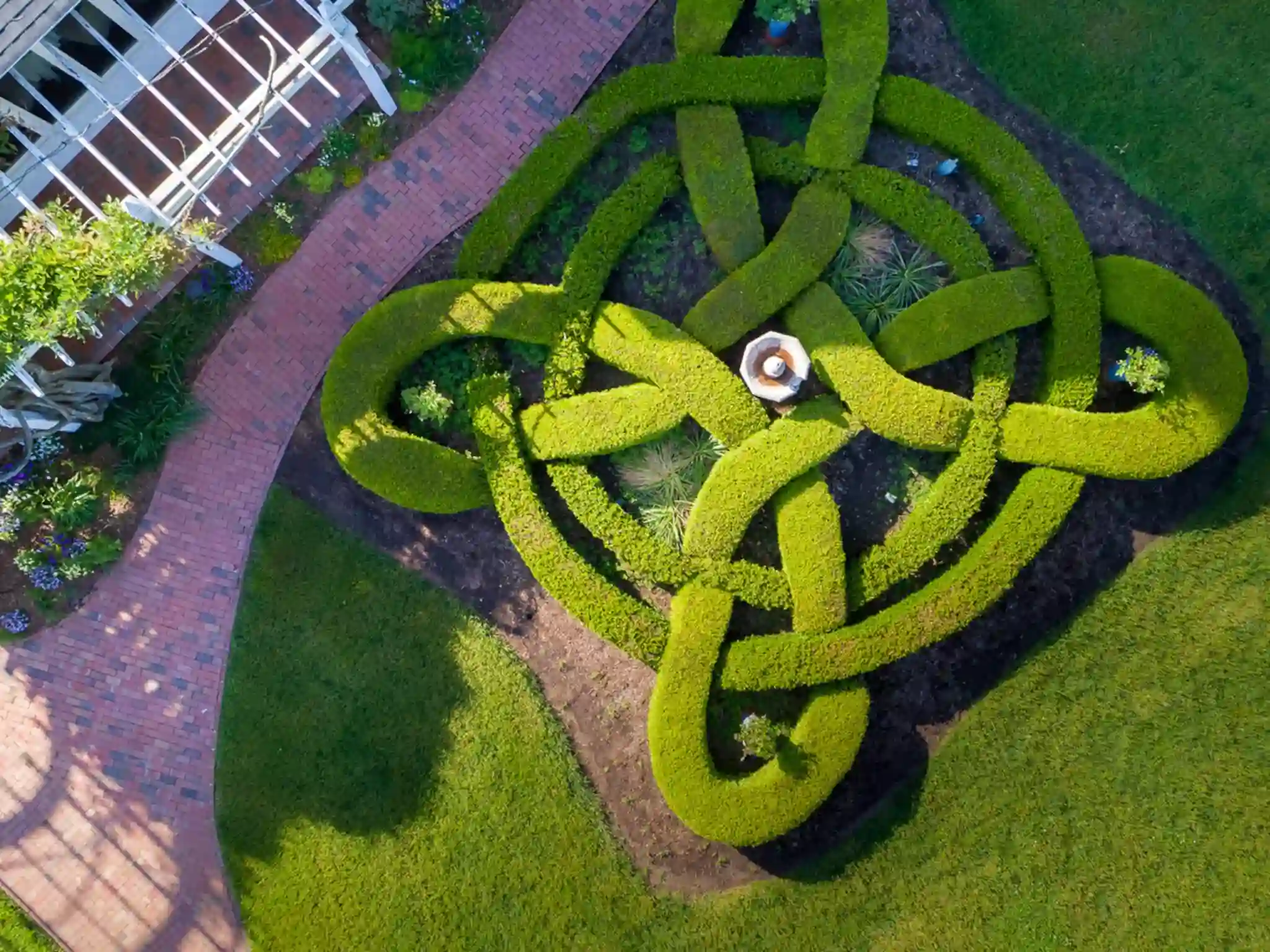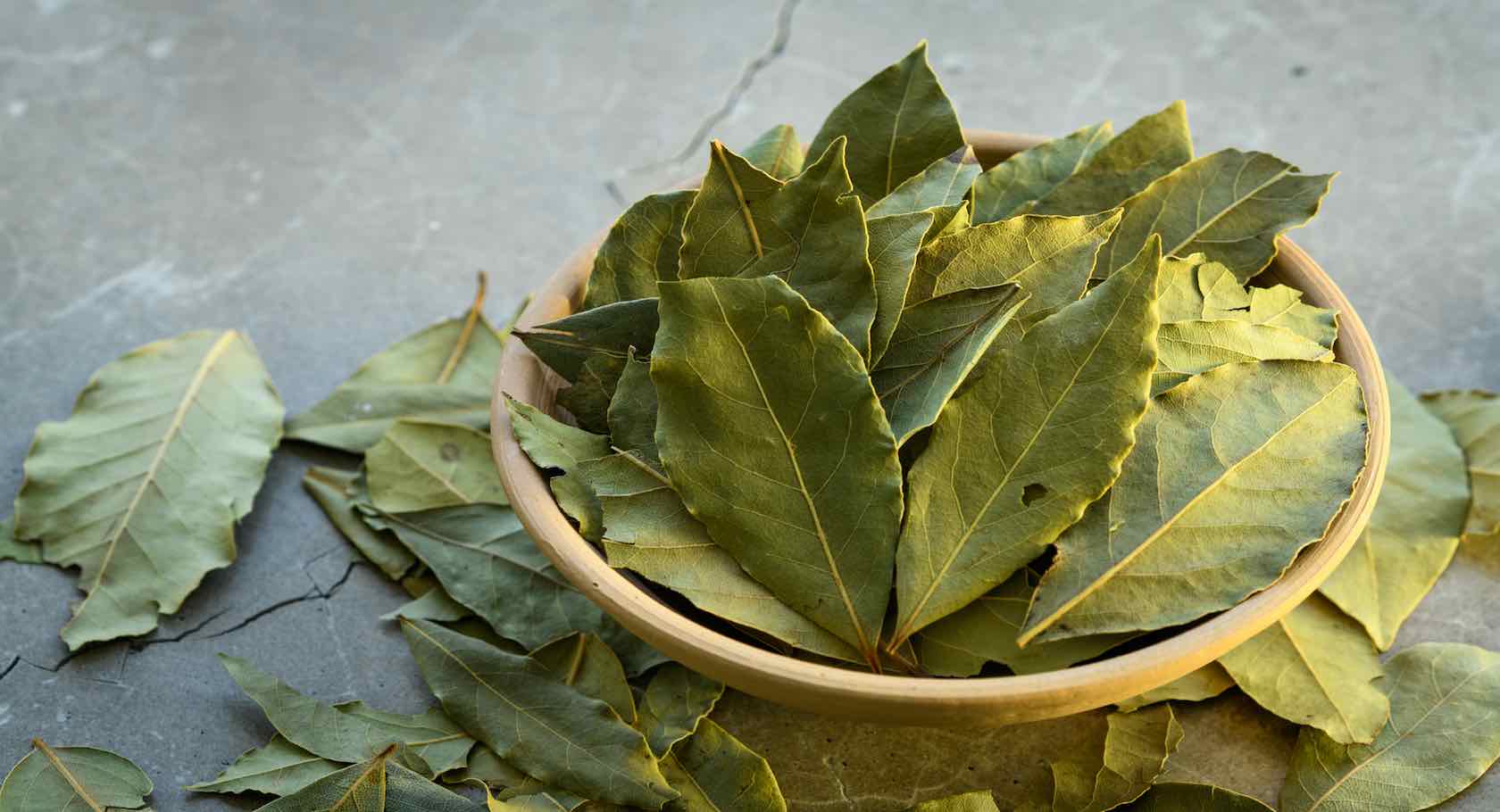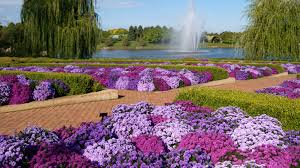Knot gardens, a classic garden design, are characterized by intricate patterns formed by low-growing plants, often herbs. These geometric designs were popular in Renaissance Europe and continue to captivate gardeners today.
The Art of Knot Garden Design
Knot gardens are typically square or rectangular and divided into compartments by low hedges or pathways. The compartments are filled with a variety of plants, often creating intricate patterns like diamonds, squares, and circles.
Key elements of a knot garden include:
- Hedges: Low-growing hedges, such as boxwood or yew, form the framework of the design.
- Fillers: Low-growing plants, such as herbs, flowers, or grasses, fill the compartments within the hedges.
- Paths: Gravel or brick paths wind through the garden, providing access to different areas.
Popular Plants for Knot Gardens
When selecting plants for your knot garden, consider the following:
- Herbs: Lavender, thyme, rosemary, and sage are popular choices for their fragrance and low-maintenance nature.
- Flowers: Pansies, violas, and sweet alyssum can add color and texture to your design.
- Groundcovers: Creeping thyme, sedum, and other low-growing plants can fill in gaps and create a lush, carpet-like effect.
Creating Your Own Knot Garden
- Design: Start by sketching out your desired pattern on paper. Consider the size and shape of your garden and the types of plants you want to use.
- Prepare the Soil: Ensure the soil is well-drained and fertile. Add compost or other organic matter to improve soil quality.
- Plant the Hedges: Plant your chosen hedge plants, such as boxwood or yew, along the perimeter of your garden.
- Create the Pattern: Use string or twine to outline the desired pattern within the hedges.
- Plant the Fillers: Plant your chosen plants within the compartments, following the outlined pattern.
- Maintain Your Garden: Regularly water, weed, and prune your knot garden to keep it looking its best.
By following these steps and selecting the right plants, you can create a stunning knot garden that will add a touch of elegance to your outdoor space.



